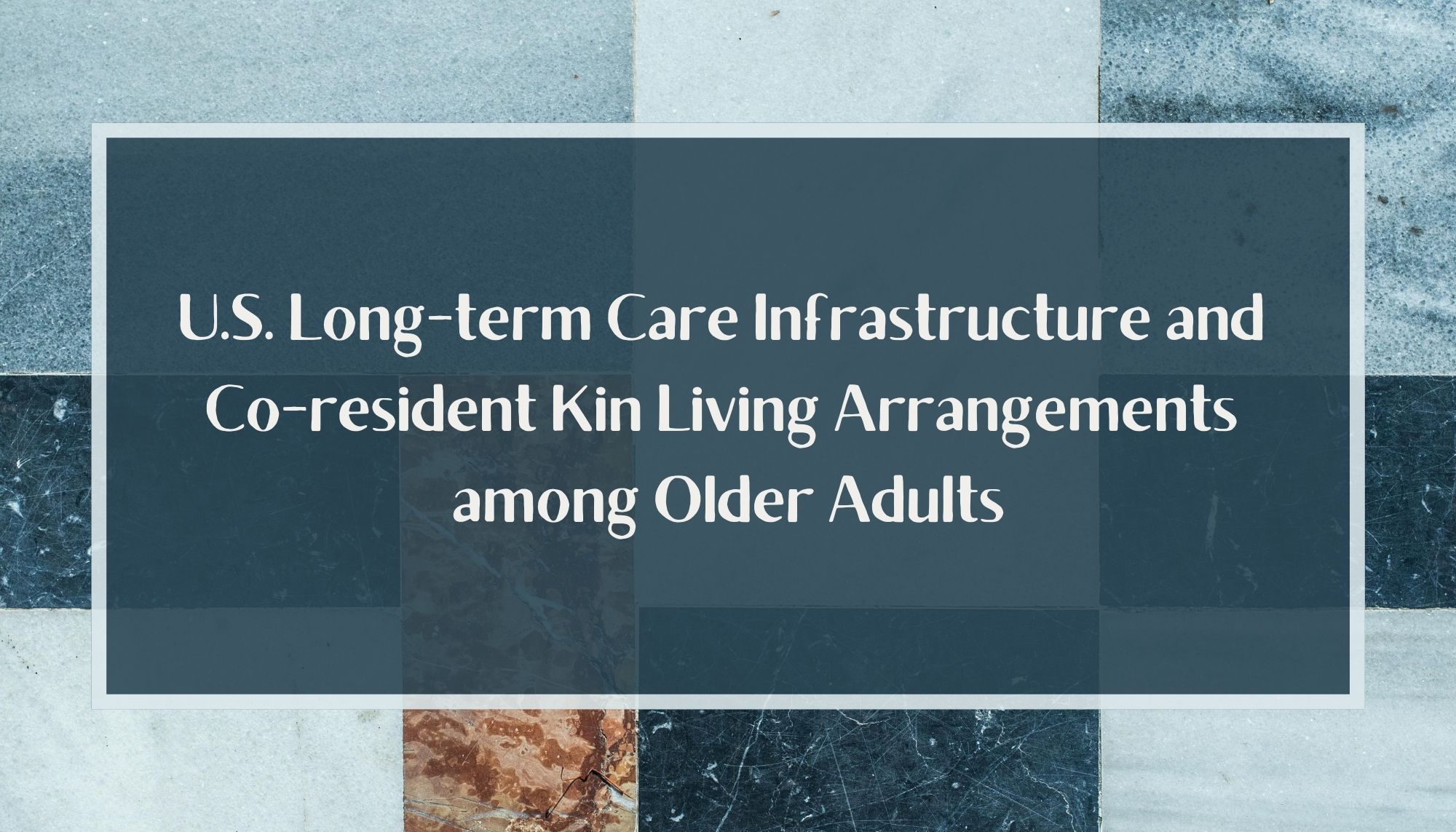
Commons Link
U.S. Long-term Care Infrastructure and Co-resident Kin Living Arrangements among Older Adults
Working Paper Number
224-113
Publication Year
2024
Paper Abstract
Population aging and the retraction of the long term care infrastructure likely have important consequences for the care and living arrangements of older adults and their families, but this is relatively unexplored. Advancing a political economy of long-term care (LTC) approach, this study considers whether, how, and for whom, variation in state and local LTC infrastructure is consequential for older adults’ co-resident kin living arrangements. I construct a novel dataset merging eight years (2012–2019) of individual-level data from the American Community Survey (N=4,170,768), state Medicaid LTC expenditure data, and county-level nursing home data. Descriptive analyses show that low-SES, Black and/or Latinx, and disabled older adults are more likely to live in areas with weaker local care infrastructure. Results from fixed effects models indicate that higher state expenditures on long-term care and higher local availability of nursing home care correspond with decreases in the likelihood that older adults who are disabled, aged 75+, and low-SES will live with an adult child or other non-spousal family member. Taken together, these findings suggest that insufficient long-term care infrastructure environments may coerce family co-resident care and systematically exacerbate existing inequalities by constraining the care options available to structurally vulnerable older adults and their family members.